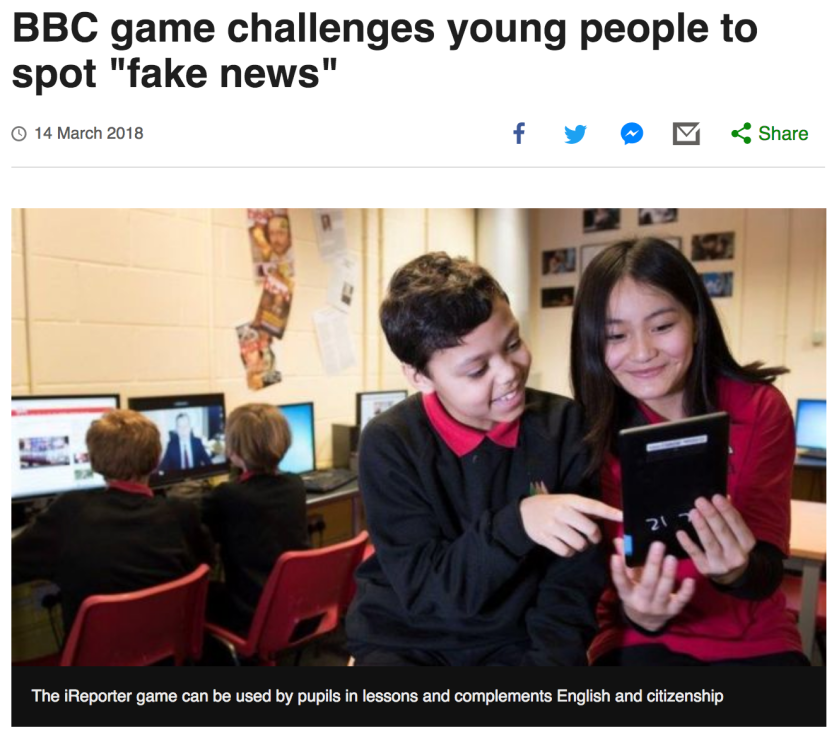
The World Wide Web of Confusion- A Reflection
World Wide Web of Confusion- Created on Piktochart by Heighway, 2018
I put a lot of energy into improving my blog this week. I tried to step out of my comfort zone by using a variety of infographics and created a Youtube video- something I have never done before!
Whilst researching this topic and reading my peer’s blogs, I believe that I have enhanced my knowledge of the reliability and authenticity of the information which is available on the internet.
Continue reading →










